Looking for something better than PLA without the problems presented by ABS? MatterHackers has a material for you, and it’s competitively priced, too! Let’s test out the MH Build Series PETG!
What’s Special?
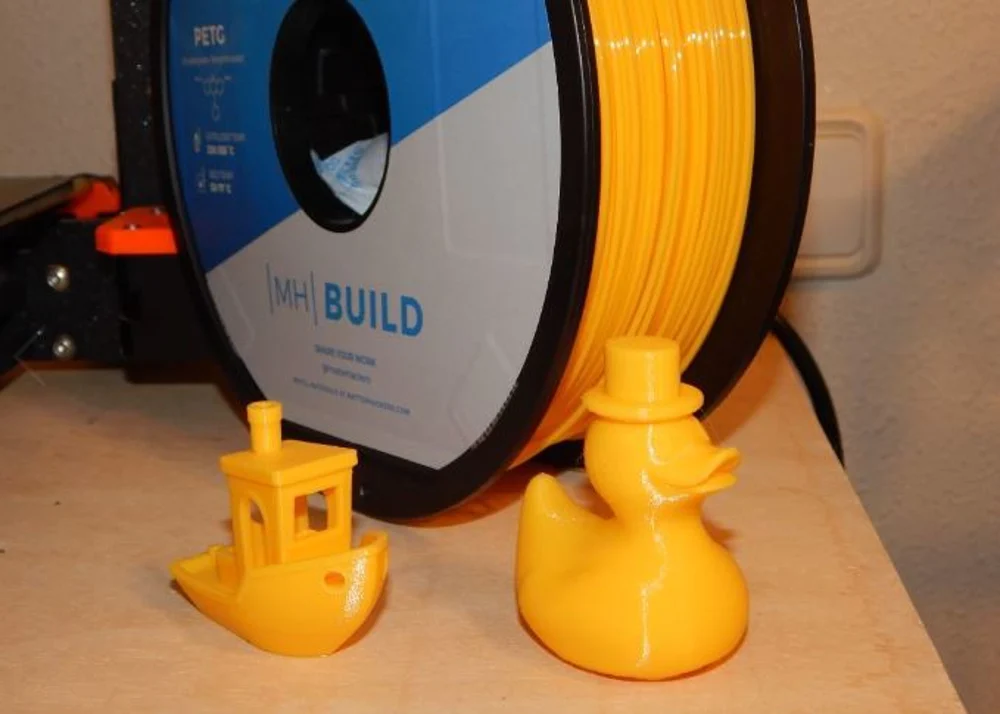
MatterHackers, the American company based in Southern California, sells a vast variety of high-quality filaments, printers, tools, and parts to makers around the globe.
Their Build Series PETG has a dimensional accuracy of ±0.05 mm and is created to balance quality with price. Marketed to makers on a budget, this filament is said to be “exceptionally tough and sturdy”, but in a wallet-friendly package.
A 1-kg spool of MatterHackers Build Series PETG will cost approximately $25 (with free shipping in the USA). It is available in both 1.75-mm and 3.0-mm diameters and comes in a variety of colors, from which we chose a spool in yellow for our review.
Verdict
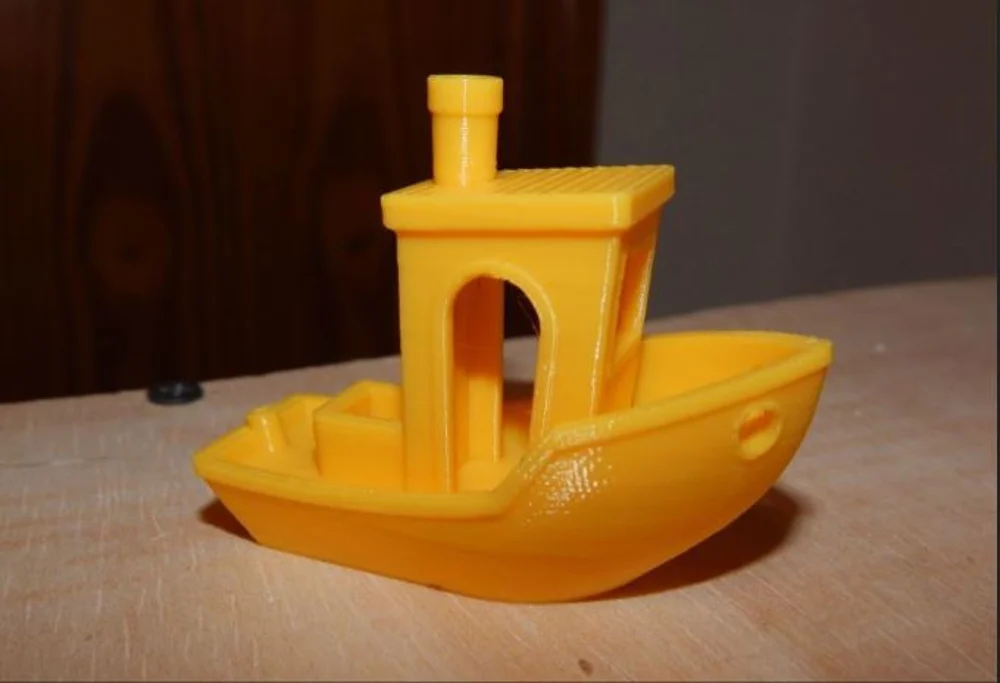
Overall, we enjoyed using this material quite a bit. Throughout our tests, results were consistent, with well-defined detail and good finish.
The PETG came sealed with a desiccant pouch in a plastic wrapper. Unfortunately, this was not resealable, so the filament must be stored in a dry box in humid climates. One of the things we like about the MatterHackers materials we have received is that they did not come in individual boxes, but rather bundled in a single, larger box, reducing waste.
We tested our spool using an Original Prusa i3 MK3S in stock configuration. The finish on our prints was primarily quite smooth and glossy, and the color was uniform, vibrant, and slightly translucent.
Test #1: 3DBenchy
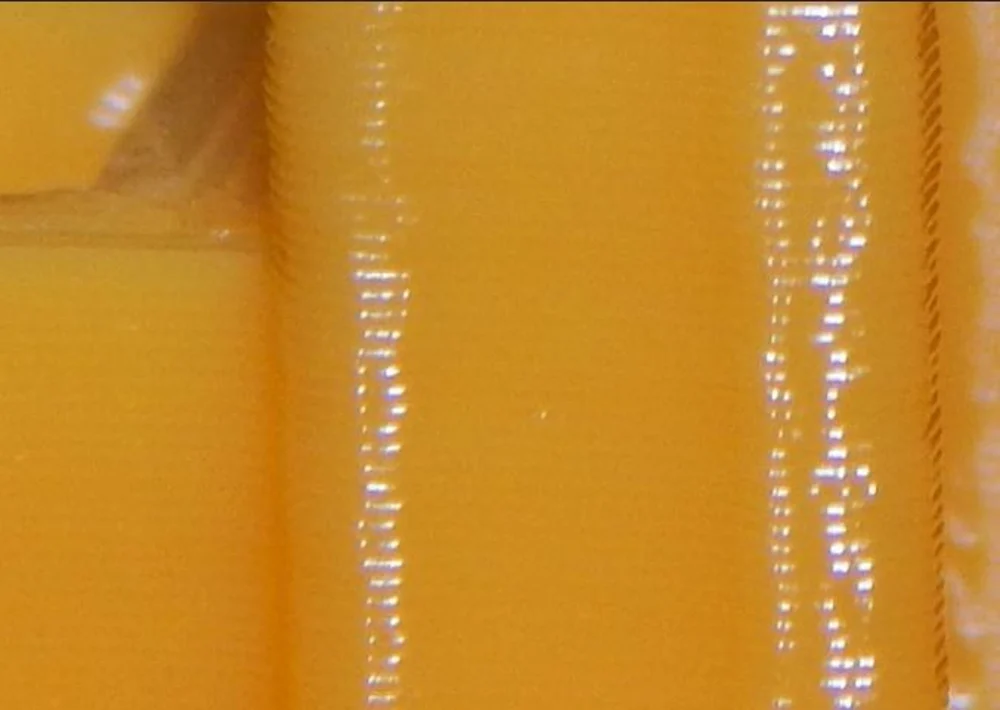
As per our standards, our first test was a 3DBenchy. This test completed successfully on the first try.
One thing we noted is that this PETG has very little of the typical stringing that the material is known for, being very light with little effect on the model. Inspecting our close-up photo, one can see that the layers are very uniform and smooth, with good adhesion.
There were no other notable issues with this print.
Test #2: Top Hat Duck
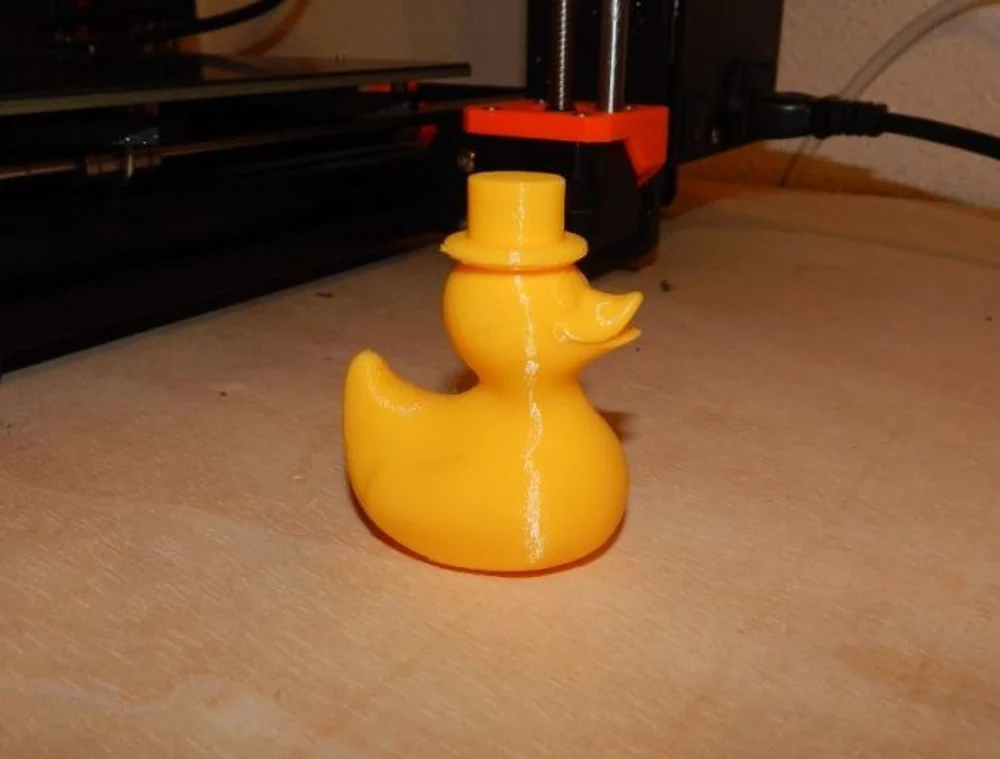
Our second test print was the Top Hat Rubber Duck by Sarah Calvillo. This print also finished on the first try without issue.
Indeed, we did not see any problems – even the overhangs on the beak and hat turned out quite well with little drooping or warping.
Once again, the finish was quite smooth and shiny.
Test #3: Yellow Submarine
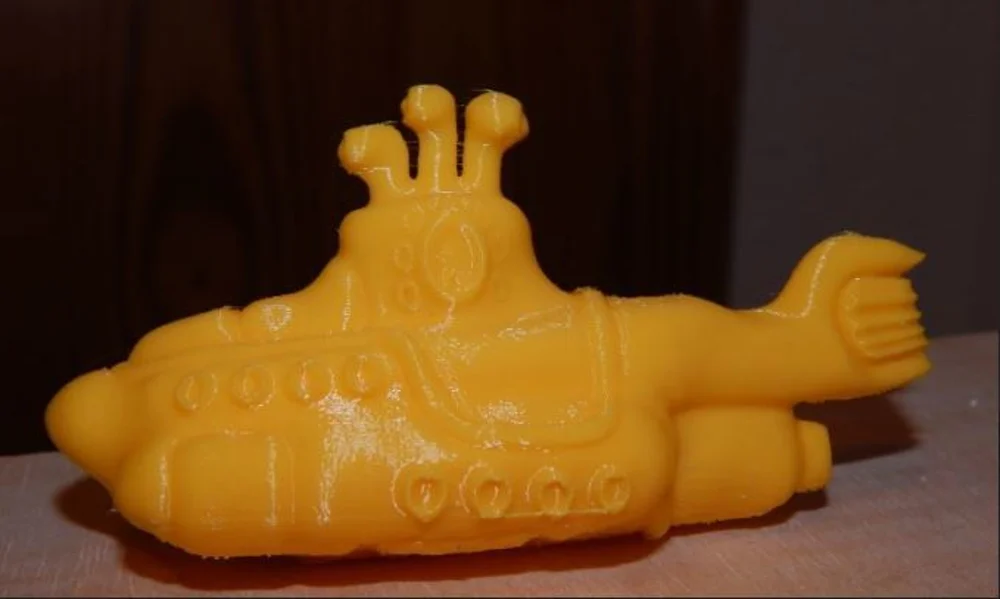
Our third and final test, inspired by the vibrant color of this material, was a Yellow Submarine by Perry Engel.
This print utilized some supports on the lower portions, which came off fairly easily, but left something to be desired on the surface finish of the model, which was a bit rough on the underside. We also saw some very slight stringing between the periscopes on the upper part of the print. Aside from these two issues, though, the model came out well.
Final Thoughts
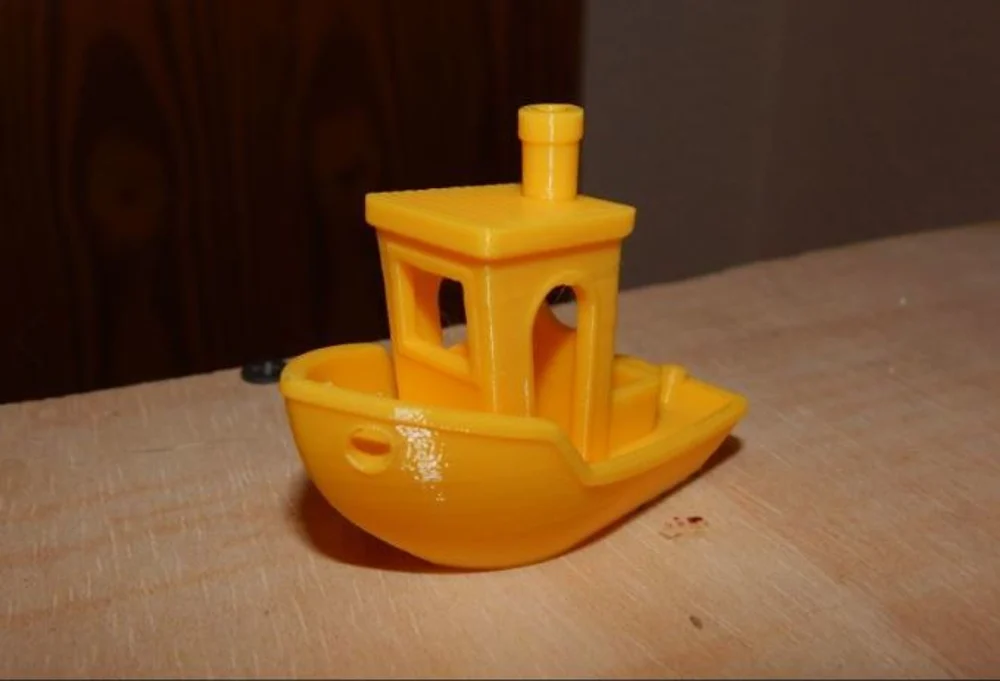
All things considered, we found this to be a great material to work with, and it provided good results without any hassle.
Based on its competitive pricing and the aforementioned great results, this is certainly a material worth considering if you want to print things stronger than PLA but without the issues of ABS (see our PETG guide).
Compared to the AmazonBasics PETG that we reviewed previously, the MatterHackers equivalent is slightly more expensive, but with that higher price tag comes a filament that has significantly less warping and stringing issues.
So, to wrap up, we’d definitely say that this stuff is worth a shot if you want to try out PETG without breaking the bank.
Specs & Settings
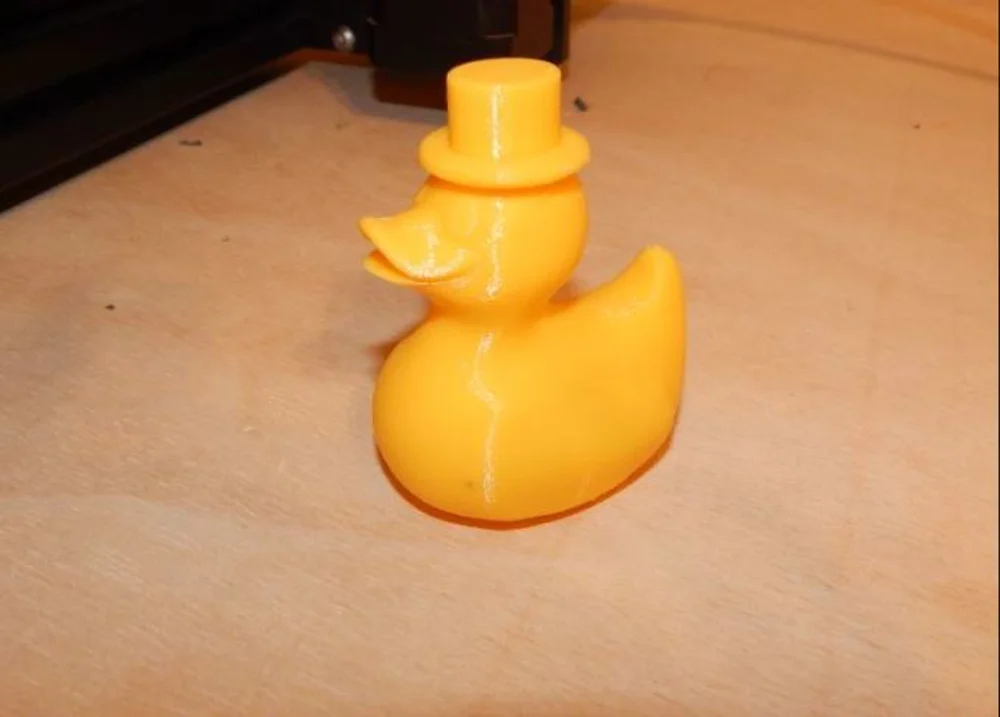
We tested our MH Build series PETG on an Original Prusa i3 MK3S in stock configuration, using PrusaSlicer to prepare our models.
We used the “0.15mm Quality MK3” and “Generic PETG” profiles, with the following changes:
- Extruder Temperature: 245 °C
- Bed Temperature: 60 °C
The manufacturer’s recommended settings are as follows:
- Extruder Temperature: 245±10 °C
- Bed Temperature (not required): 60±10 °C
- Filament Diameter: 1.75 mm or 3 mm (±0.05 mm)
How We Review
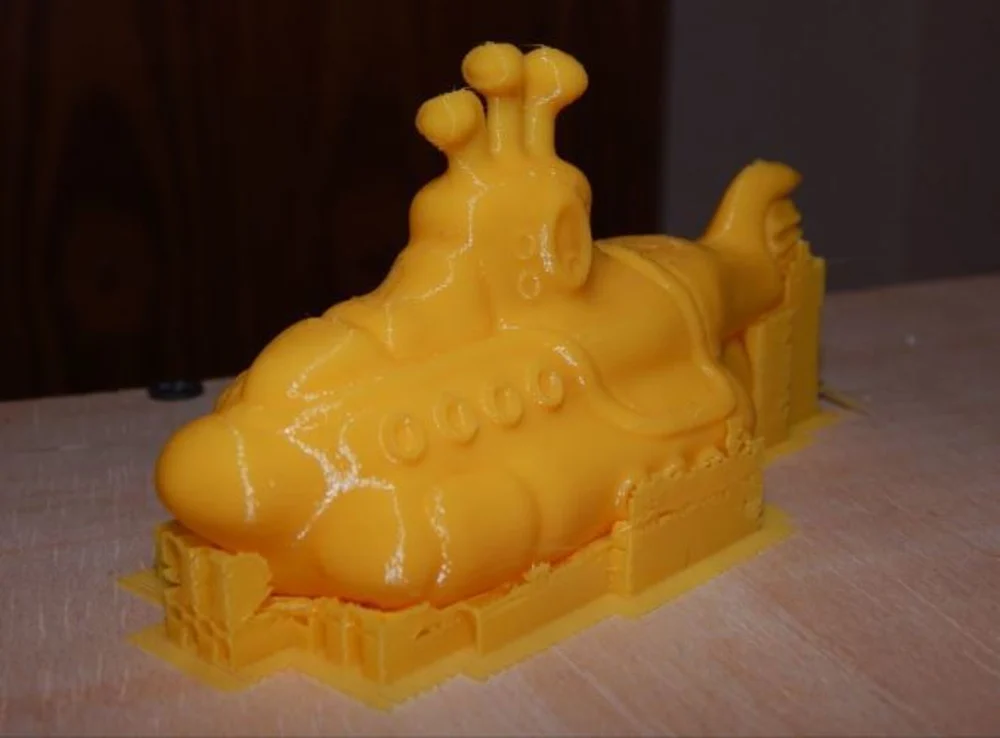
For those interested in how we arrived at our conclusion, we review filaments using the following guidelines:
Each and every spool is brand-new and unopened.
Our first print is always a 3DBenchy. Using this, we check for any inconsistencies in quality, color, or finish. Following that, we print a few other models, the results of which we present to you. We slice the model using the latest version of PrusaSlicer. We do not post-process the prints in any manner; we simply remove them from the bed and cut off any support materials.
We start with the manufacturer’s recommended settings (where available). When the manufacturer offers a range of values, we go for the arithmetic mean. Therefore, if we are given a printing temperature range of 200–220 ºC, we would print at 210 ºC (unless noted otherwise).
For this review, we used an Original Prusa i3 MK3S in stock configuration. Statements regarding print quality are based on the printer’s ability and reputation to successfully print a wide variety of other filaments and models.
We would like to mention that every spool of filament can be slightly different, and filaments often vary greatly even within a small range. Simply fiddling with a single setting like retraction can have huge effects in print quality. This can make the difference between a disastrous fail and a wondrous success.
So, if you own a spool of this filament, we invite you to contribute in the comments below! Did you manage to get your prints to turn out? Did you have an interesting or strange experience? Let us know – we’d love to hear from you!
Feature image source: Emmett Grames / All3DP
Source: https://all3dp.com/2/matterhackers-build-series-petg-filament-review/